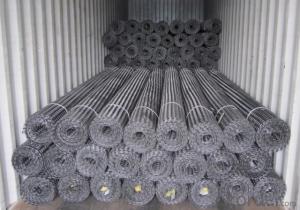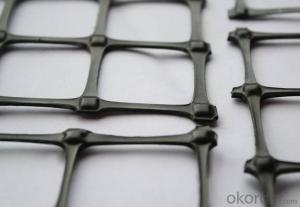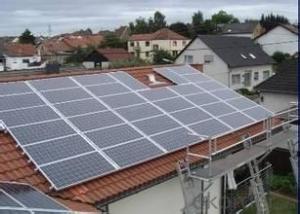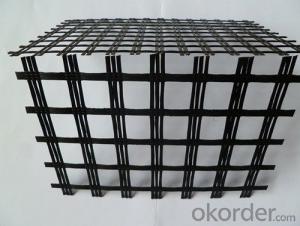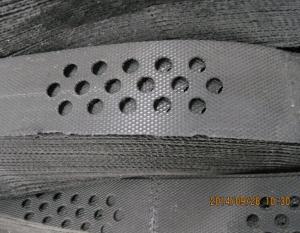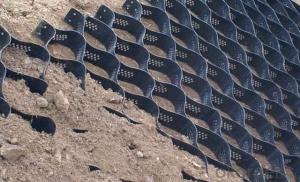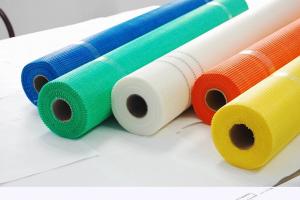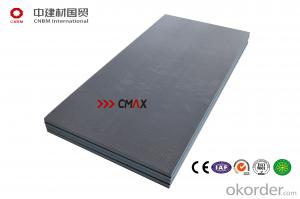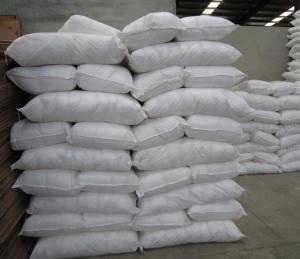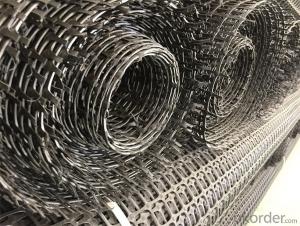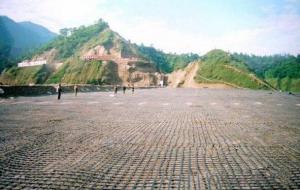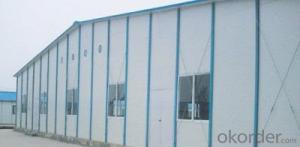Geogrid Reinforced Slope
Geogrid Reinforced Slope Related Searches
Led For Cannabis Growing Fiberglass Panels For Roofing Geogrid For Retaining Wall Geogrid For Erosion Control Geogrid For Road Stabilization Geogrid For Gravel Roads Geogrid For Gravel Driveway Geogrid For Roads Geogrid For Driveway Geogrid For SlopesHot Searches
Aluminum Square Stock For Sale Fiberglass Scaffolding For Sale Fiberglass Panels For Sale Fiberglass Greenhouses For Sale White Gazebo For Sale White Melamine Board Price Frp Price Per Square Foot Ceiling Fan Lowest Price Plywood Per Square Foot Price Cost Of Plywood Per Square Metre Aluminum Square Stock Near Me Cost Of Mdf Per Square Metre White Plastic Folding Chairs Wholesale Geotextile Fabric Cost Per Square Foot Frp Cost Per Square Foot Plywood Cost Per Square Meter Asphalt Shingle Prices Per Square Geogrid Fabric For Sale Geogrid For Sale Near Me Tensar Geogrid For SaleGeogrid Reinforced Slope Supplier & Manufacturer from China
Okorder.com is a professional Geogrid Reinforced Slope supplier & manufacturer, offers integrated one-stop services including real-time quoting and online cargo tracking. We are funded by CNBM Group, a Fortune 500 enterprise and the largest Geogrid Reinforced Slope firm in China.Hot Products
FAQ
- Yes, geogrids are suitable for use in cold climates. They are designed to be durable and can withstand freezing temperatures without losing their effectiveness. Geogrids provide reinforcement and stability to soil, making them useful in various applications such as road construction, retaining walls, and erosion control, even in cold weather conditions.
- Yes, geogrids can be used in environmental containment systems. Geogrids are commonly used to reinforce and stabilize earth structures such as slopes and retaining walls. In environmental containment systems, geogrids can be utilized to enhance the stability and strength of liners and barriers, preventing soil erosion and providing long-term durability. They can also improve the overall performance of containment systems by increasing their load-bearing capacity and reducing the potential for geotechnical failures.
- Yes, geogrids can be used in soil reinforcement for load-bearing platforms. Geogrids are commonly used in civil engineering projects to enhance the stability and strength of soil. By providing tensile reinforcement, geogrids distribute the load across a wider area, reducing settlement and preventing soil erosion. This makes them an effective solution for reinforcing soil in load-bearing platforms, increasing their load-bearing capacity and overall stability.
- Yes, geogrids are suitable for reinforcement of mechanically stabilized earth retaining walls. Geogrids provide additional tensile strength and stability to the soil, increasing its overall load-bearing capacity. They help prevent soil movement, erosion, and potential wall failure, making them a reliable and commonly used reinforcement solution for retaining walls.
- Geogrids offer several advantages in mechanically stabilized aggregate bases. Firstly, they enhance the load-bearing capacity of the base by providing reinforcement, allowing for the construction of thinner and more cost-effective pavement structures. Secondly, geogrids improve the overall stability and durability of the base by preventing lateral spreading and reducing rutting and deformation. Additionally, they help distribute applied loads more evenly, reducing localized stress and increasing the lifespan of the pavement. Overall, geogrids significantly enhance the performance and longevity of mechanically stabilized aggregate bases.
- Yes, geogrids can be used in the reinforcement of soil-cement mixtures. Geogrids are commonly used to improve the strength and stability of soil-cement composites by distributing loads, reducing settlement, and preventing cracking. They enhance the overall performance of soil-cement mixtures and are widely utilized in various civil engineering applications.
- There are several factors that can affect the installation of geogrids, including soil conditions, site preparation, proper placement and alignment, and proper tensioning. Soil conditions such as the type and strength of the soil, its moisture content, and any existing ground movement can impact the effectiveness of geogrids. Adequate site preparation, including clearing the area of vegetation and debris and ensuring a level base, is essential for proper installation. Proper placement and alignment of the geogrids are crucial to ensure optimal load distribution and stability. Additionally, geogrids need to be properly tensioned to achieve the desired reinforcement and soil stabilization.
- Yes, geogrids can be used in bridge abutment construction. Geogrids are often used as reinforcement materials in soil structures, including bridge abutments, to improve the stability and strength of the soil. They can help distribute loads and reduce settlement, making them a valuable addition to bridge abutment construction projects.






